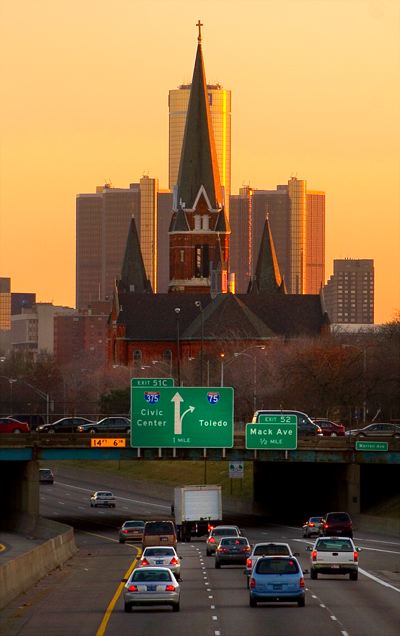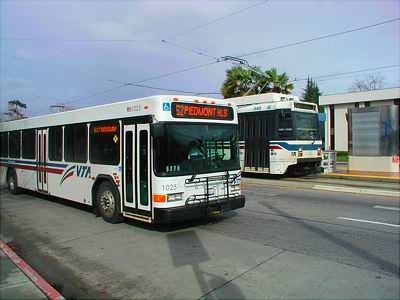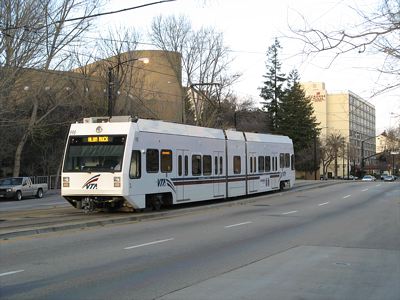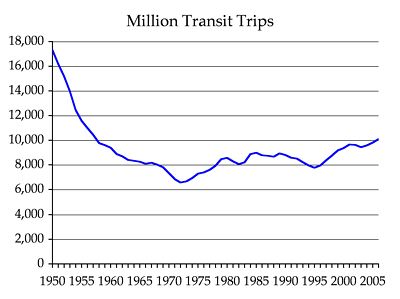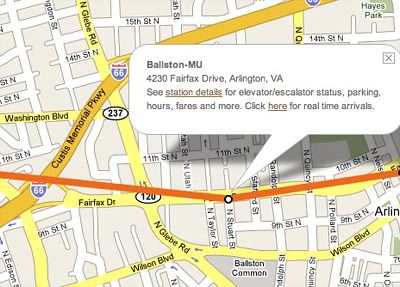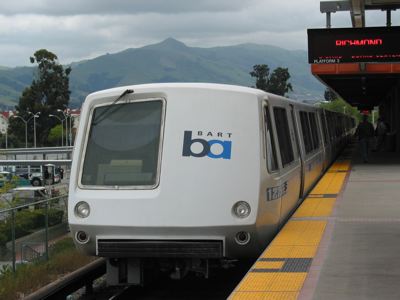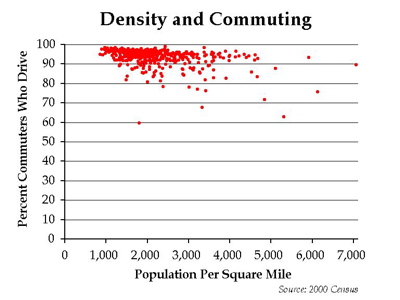A bill being considered by the California legislature aims to make the state’s housing more affordable. According to this analysis, the bill amends the state’s Planning and Zoning Act by requiring cities and counties to take more steps to keep housing affordable.
The bill is supported by various home building associations as well as some non-profit groups such as the California Council of Churches, St. Vincent DePaul, and the California State Firefighters Association, which worries that firefighters and other public employees can’t afford to live in the cities they serve.
Is California’s housing system broken? This house would cost $150,000 in Houston, $400,000 in Bakersfield, $950,000 in Marin County, and well over $1.2 million in San Jose.

